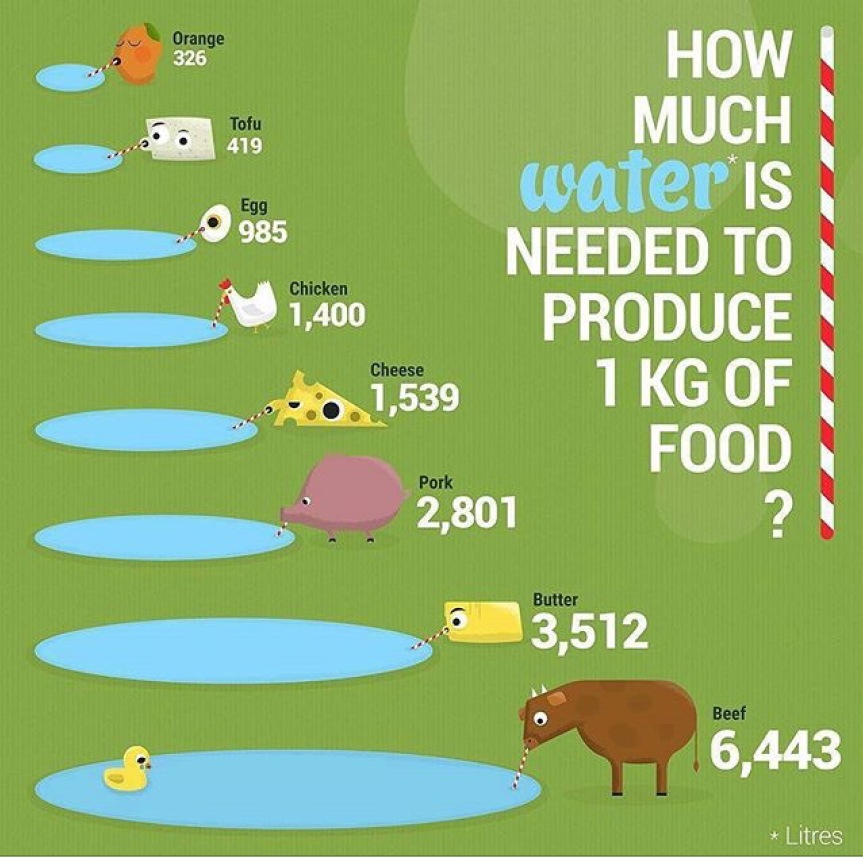
Anemia is the most common symptom in sickle cell diseases. This condition can lead to dizziness and fatigue as well as a decrease in red blood cells. Other symptoms of sickle cell disease include yellowing of the skin, eyes, and mouth. This symptom is often mistaken for jaundice, or yellowing of the eyes. This is caused by the release of a substance when red blood cells stop functioning.
SCD symptoms can be painful, sudden, and occur anywhere in the body. The disease can also result in dangerously low hemoglobin levels. You are also at higher risk for stroke. The interruption in blood flow to the brain may cause severe damage or even death. SCD patients might experience multiple symptoms or one of them. The symptoms may appear very mild in some cases while they can last for several months or even years in others.

Sickle cells can lead to severe anemia if left untreated. This is because these cells can stick to the walls of blood vessels and slow or stop blood flow. The blockages hinder oxygen from reaching nearby tissues. Tissue can become brittle or even dead without oxygen. It is essential that you understand the symptoms of SCD. Anemia can be a sign of SCD. Do not panic. SCD means that you can receive the best treatment for your condition.
SCD symptoms can vary depending on their severity. Treatment options can vary depending on how severe the condition is. You may have anemia if your condition is not yet diagnosed by a physician. Unless you have complications or have the condition, your blood sugar will likely be healthy. Anemia can last a lifetime, even though the disease isn't necessarily fatal.
Acute Chest Syndrome - This is the most severe kind of SCD. Sickle cells can cause blood vessel blockage and pain. This condition can lead a stroke or damage to the lungs. SCD can eventually lead to death. However, it is important to seek medical treatment as soon as possible. Acute chest syndrome may be fatal. If you are experiencing any of these symptoms, you should contact a doctor as soon as possible.

Many parts of the body can feel pain from sickle cell anemia. It can be acute or chronic. It can happen anywhere in the body, including the arms and legs. A blockage in a major blood vessel, which supplies oxygen to the brain, can cause strokes. If the blood supply to the brain is disrupted, the brain can become damaged and may cease functioning properly. SCD patients need to seek medical attention for strokes if they have any of these symptoms.
FAQ
What is the difference between calories and kilocalories in food?
Calories can be used to measure how much energy is in food. Calories is the unit of measurement. One calorie is the amount of energy required to heat one gram water one degree Celsius.
Kilocalories refer to calories in another term. Kilocalories are measured in thousandths of a calorie. 1000 calories are equal to one kilocalorie.
What is the problem with BMI?
BMI stands for Body Mass Index, which is a measurement of body fat based on height and weight. The following formula is used to calculate BMI:
Weight in kilograms divided by height in meters squared.
The result can be expressed as a number between zero and 25. A score greater than 18.5 is considered overweight. A score greater than 23 is considered obese.
A person who is 100kg and 1.75m tall will have a BMI 22.
What is the difference of fat and sugar?
Fat is an energy source from food. Sugar is a sweet substance that can be found naturally in fruits or vegetables. Both fats (and sugars) have the same calories. But fats are twice as calories as sugars.
Fats are stored within the body and can contribute to obesity. They can cause cholesterol buildup, which can lead you to heart attacks and strokes.
Sugars are quickly absorbed and provide instant energy. This causes blood glucose levels rise. High blood glucose levels are dangerous as it can increase the likelihood of developing type 2 diabetes.
How often should I exercise
Exercise is essential for maintaining a healthy lifestyle. There is no time limit on how much you should exercise. The key is finding something you enjoy and stick with it.
You should aim to do 20-30 minutes of moderate intensity exercise three times per week. Moderate intensity will mean that you'll continue to be exerting yourself afterward. This type workout burns about 300 calories.
If you prefer to walk, go for 10 minute walks four days a week. Walking is low impact and easy on your joints.
Jogging is an alternative to running. You can do it for as little as 15 minutes each day. Running is an excellent way to lose weight and tone your muscles.
You should start slowly if it's your first time exercising. Start with just 5 minutes of cardio a few times a week. Gradually increase the duration until you reach your goal.
How do I get enough vitamins?
You can get most of the daily nutrients you need through your diet. Supplements are an option if you are low in any vitamin. Multivitamin supplements can be taken that contain all the vitamins you need. You can also buy individual vitamins in your local drugstore.
If you are concerned about getting enough nutrients, talk to your doctor about what foods contain the best sources of vitamins. You can find vitamins K and E in dark green leafy vegetable such as spinach, kale and turnip leaves, as well a variety of sweet potatoes and sweet potatoes.
Ask your doctor if you're not sure how many vitamins you should take. Based on your medical history and your current health, your doctor can recommend the correct dosage.
Statistics
- WHO recommends reducing saturated fats to less than 10% of total energy intake; reducing trans-fats to less than 1% of total energy intake; and replacing both saturated fats and trans-fats to unsaturated fats. (who.int)
- This article received 11 testimonials and 86% of readers who voted found it helpful, earning it our reader-approved status. (wikihow.com)
- Extra virgin olive oil may benefit heart health, as people who consume it have a lower risk for dying from heart attacks and strokes according to some evidence (57Trusted Source (healthline.com)
- In both adults and children, the intake of free sugars should be reduced to less than 10% of total energy intake. (who.int)
External Links
How To
How to keep your body and mind healthy
This project had the main purpose of providing suggestions for how to maintain your health. Understanding what you need to do to keep your health in good shape is the first step to maintaining your health. In order to achieve this we had to find out what exactly is good for our bodies. Then, we looked at all the ways people tried to improve health. We discovered many things that could benefit us. Finally, we came up with some tips that would help us stay healthier and happier.
We began by looking into the various types of food we eat. Some foods are unhealthy and others are healthy. We know sugar can cause weight gain and is therefore very harmful. Fruits and veggies, however, are good for us since they have essential vitamins and mineral that our bodies require.
Next we considered exercise. Exercise improves the strength and energy of our bodies. Exercise also makes us happier. There are many activities that you can do. Some examples include walking, running, swimming, dancing, playing sports, and lifting weights. Yoga is another way we can increase our strength. Yoga is a great workout because it increases flexibility and improves breathing. If we want to lose weight, we should avoid eating too much junk food and drink plenty of water.
Let's talk about sleep. Sleep is the most important thing we do each and every day. Lack of sleep can lead to fatigue and stress. This can lead to issues such as back pain, depression and heart disease. We must get enough sleep if we are to remain healthy.